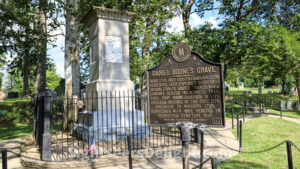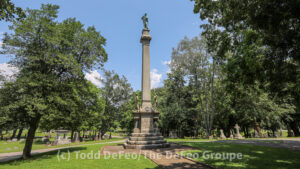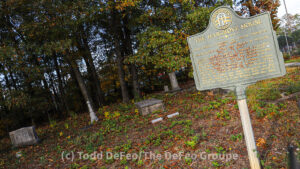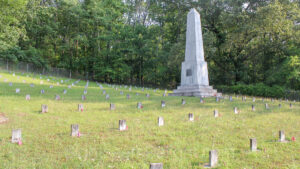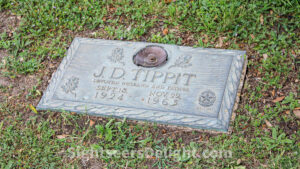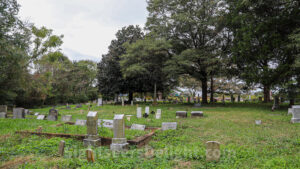The Denison University Cemetery, also known as College Cemetery, was established in 1833 for presidents and professors who want to be interred on campus.
43023
The Frankfort Cemetery has a rich history and is situated on a bluff that provides stunning panoramic views of the Kentucky River, the Kentucky State Capitol, the Governor’s Mansion, and the Capitol District. It was established by Judge Mason Brown, inspired by the Mount Auburn Cemetery in Boston. The Kentucky General Assembly granted the cemetery’s incorporation on February 27, 1844. The original 32-acre property, Hunter’s Garden, was purchased for $3,801 in 1845. Over time, the cemetery expanded to 100 acres through additional purchases in 1858 and 1911. The cemetery is the final resting place of legendary American pioneer Daniel Boone, 17 Kentucky governors and a United States vice president.
40601
The Glasgow Necropolis is a fascinating Victorian cemetery on a prominent hill east of Glasgow Cathedral. More than 50,000 people have been buried here, although only a few monuments have names, and not every grave has a stone. Roughly 3,500 monuments exist here, making it a truly unique destination for anyone interested in history or architecture. The creation of Père Lachaise Cemetery in Paris sparked a wave of pressure for cemeteries in Britain, requiring a change in the law to allow burial for profit. Glasgow was among the first to join this campaign, and the cemetery planning was started in 1831 by the Merchants’ House of Glasgow in anticipation of a change in the law. Glasgow Necropolis officially opened in April 1833, a year after the Cemeteries Act passed. It’s fascinating to see how this cemetery played a role in the changing social and legal landscape of the time.
Along a busy stretch of Windy Hill Road lies a 19th century cemetery, the last vestages of the antebellum residence of Asbury Hargrove. Roughly 20 people are buried in the cemetery. Hargrove was born in 1809 and died in 1879. Between July 6-15, 1864, Brig. Gen. Edward M. McCook used the residence as his headquarters.
30067
Highland Cemetery was established in 1908 and is the final resting place of many early Okemah, Oklahoma, leaders. It also contains the family burial plot of the family of legendary folk singer Woody Guthrie. Although he is not buried here, a cenotaph is located in Highland Cemetery in his honor. Guthrie’s mother, Nora Belle Sherman Guthrie, and father, Charley Guthrie, are buried here, as is his sister, Clara Edna Guthrie, brother, Lee Roy Guthrie, and one of his sons, Bill Roger Guthrie.
74859
The cemetery is home to the oldest running Confederate Memorial Day celebration, also known as “Decoration Day.” The celebration started in 1865.
Also known as New Oak Cliff Cemetery, Laurel Land Memorial Park is famous as the final resting place for musician Stevie Ray Vaughan and J.D. Tippit, a Dallas police officer Lee Harvey Oswald allegedly killed after he allegedly killed President John F. Kennedy.
75232
Maloney Springs Cemetery, located in the Fair Oaks community between Marietta and Smyrna, likely dates to the 1850s. It was previously connected to a church, usually identified as Maloney Springs Primitive Baptist Church. While the church apparently closed its doors in the 1960s, the burying ground, also known as Fair Oaks Cemetery, remained in use.
The cemetery is near Fair Oaks Elementary School. For directions, enter 407 Barber Rd, Marietta, GA 30060 as the address.
30060

